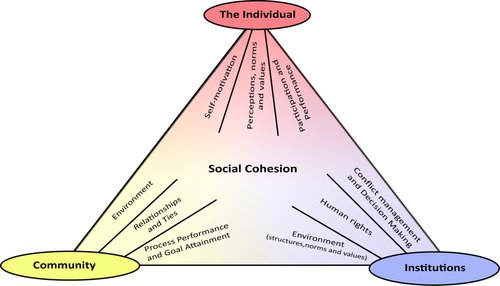Defining and Measuring Social Cohesion
Key facts
Equality/Inequality
Solidarity
Tolerance
Connectedness
Sub-Saharan Africa
North America
Economic development
Inequality
Concept & measurement
Summary
Concerns about social cohesion come at a time of ‘after neoliberalism’, when social policy is being rethought. Social policy is once again seen as a key underpinning of economic performance by many jurisdictions, from the local to the supranational and international, but there is little chance there will be a return to the practices of the the three decades of growth after 1945. This is the context for the discussion of social cohesion and its impact on social development. The paper is organised into three main sections. Part 1 examines the literature social cohesion, and identifies three different ‘families’ of usage and the empirical grounding of each. Part 2 presents a range of indicators that have been used to measure social cohesion. They vary significantly, according to the definition of social cohesion used. Part 3 discusses the lessons to be drawn and puts forward some possible indicators for measuring social cohesion. Following the literature review and the lessons drawn, these indicators focus on the definition of social cohesion as social inclusion.





